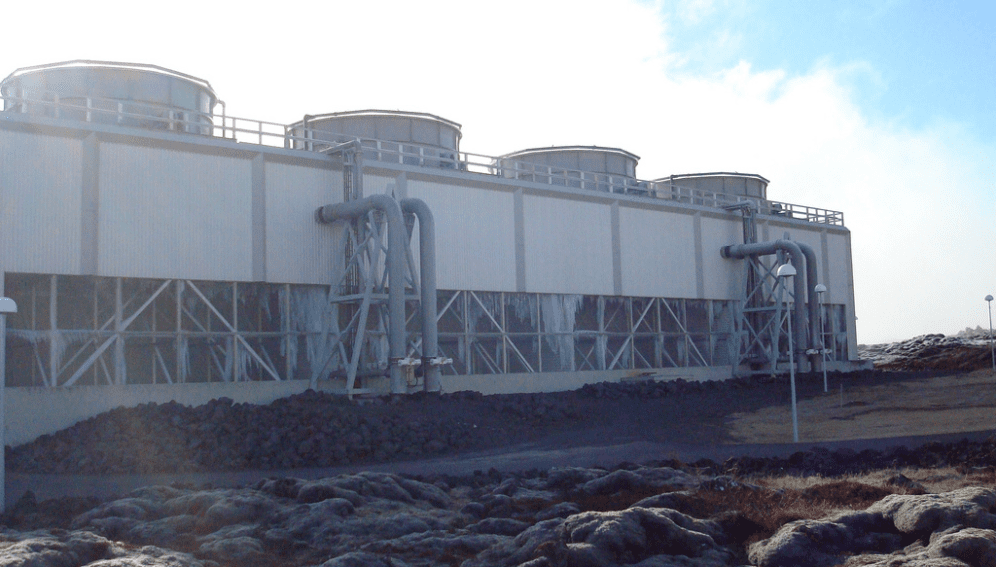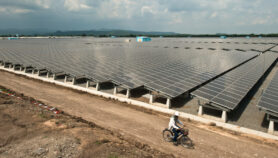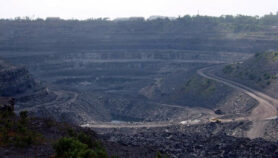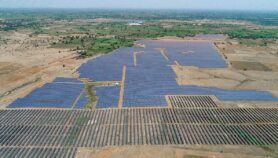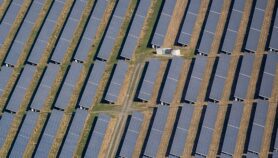By: Nithin Coca
Send to a friend
The details you provide on this page will not be used to send unsolicited email, and will not be sold to a 3rd party. See privacy policy.
[JAKARTA] Pacific island nations can look forward to a more integrated and accelerated renewable energy programme with the completion of a road map for increasing the use of renewable energy and reducing reliance on imported fossil fuels.
The report, from the International Renewable Energy Agency (IRENA), aims to kickstart the Pacific countries' moves towards energy sustainability.
"[The report] is groundbreaking, the first of its kind in the region to identify challenges and best practices for increased deployment of renewable energy in the Pacific island countries and territories," says Linus Mofor, a spokesperson for IRENA and an author of the report.
"It provides baseline information that could assist Pacific islands in the development of their national renewable energy deployment road maps or action plans."
The extensive report includes 15 individual country studies that detail the specifics of using renewable energy on a local scale.
The report says Pacific island nations are endowed with lots of sun, geothermal energy and strong offshore winds. But despite this great potential, renewables currently only produce about a tenth of the required electricity in the region, with most of this coming from hydropower in Fiji and Papua New Guinea.
The region has the highest electricity prices in the world, averaging between 39 and 44 US cents per kilowatt hour for households, compared with 12 US cents in the United States.
The report calls for power based on biomass, geothermal and ocean energy, and specific mixes of solar and wind energy based on each island's specific potential.
"It's a lot easier to achieve high penetration of renewables on a small island and do things on a small scale," says Peter Lilienthal, founder of HOMER Energy, a firm active in the Pacific region that produces software to model energy systems.
One major issue the report cites is infrastructure. Each island must be powered independently because distances mean there is no economical way to transfer power between islands. Building renewable systems on every island will require international coordination and implementation.
"Institutional strengthening, increased collaboration between islands and enhanced coordination between partners, donors, regional institutions, and national authorities and institutions are essential for efficient use of resources for renewable energy deployment in the region," says Mofor.
IRENA expects that shifting to renewables will be costly in the short term. But it hopes it will benefit islands greatly in the long term by allowing them to reduce costs, become energy-independent, and eliminate the air and water pollution that current energy technology produces.
Link to full report
This article has been produced by SciDev.Net's South-East Asia & Pacific desk.


